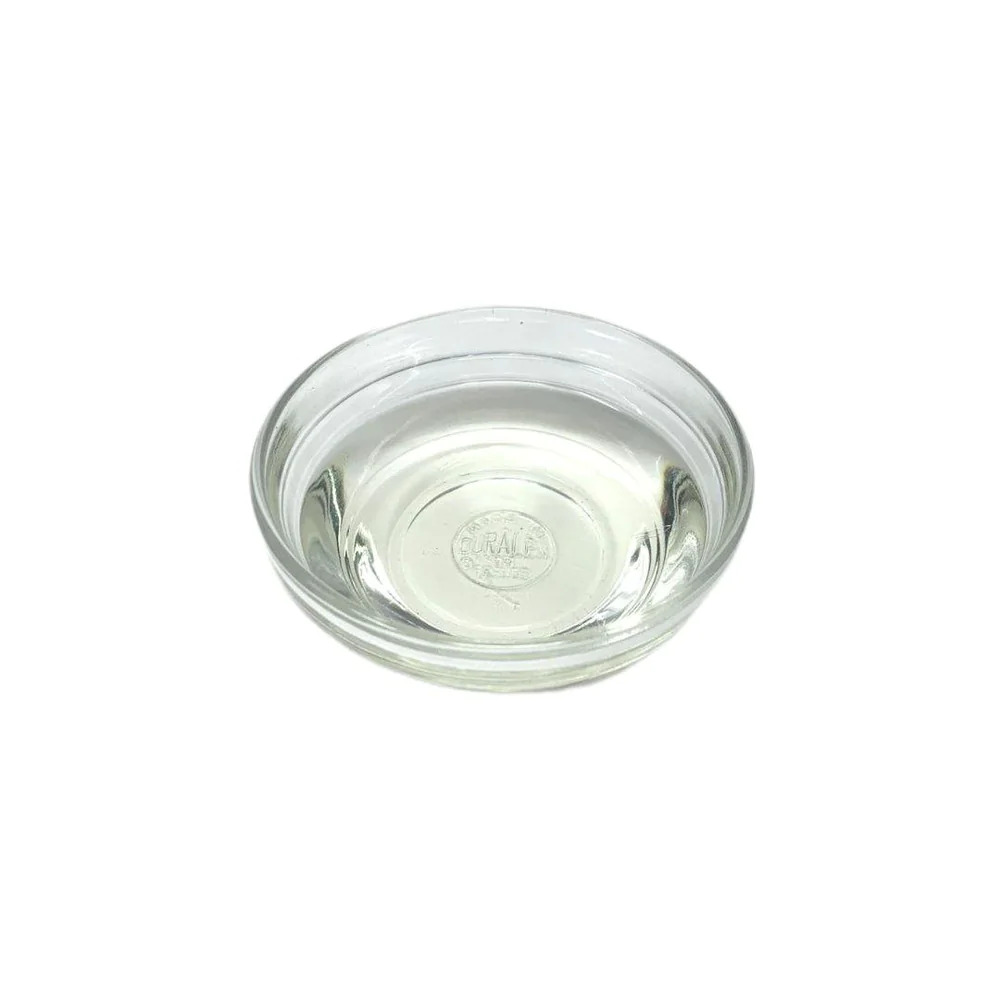[1] Herbal Materia Medica Course Notes For Diploma of Naturopathy and Diploma
of Herbalism Students by Lydia Mottram.
[2] Sunspirit Aromatherapy. Sunspirit Oils Pty Ltd. A Ti-Tree Place. Byron Bay
NSW 2481. www.sunspirit.com.au.
[3] Australian Medicinal Plants- E.V. Lassak & T. McCarthy. Publisher- Reed
New Holland, Australia 1983. ISBN 1876334703.
[4] Medical and Dental Data of Ti-Trol and Melasol; Australian Essential Oils
Ltd., Sydney, 1931, revised 1936
Images
1.
melukaaustralia.com.au
2.
santosorganics.com.au
Inner Path can not take any responsibility for any adverse effects from
the use of plants. Always seek advice from a professional before using a plant
medicinally.  Melaleuca
alternifolia.
Common tea tree, Narrow
leafed tea tree Family: Myrtaceae
Melaleuca
alternifolia.
Common tea tree, Narrow
leafed tea tree Family: Myrtaceae
